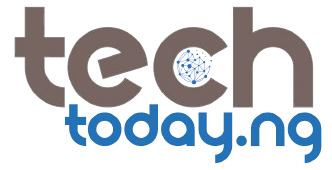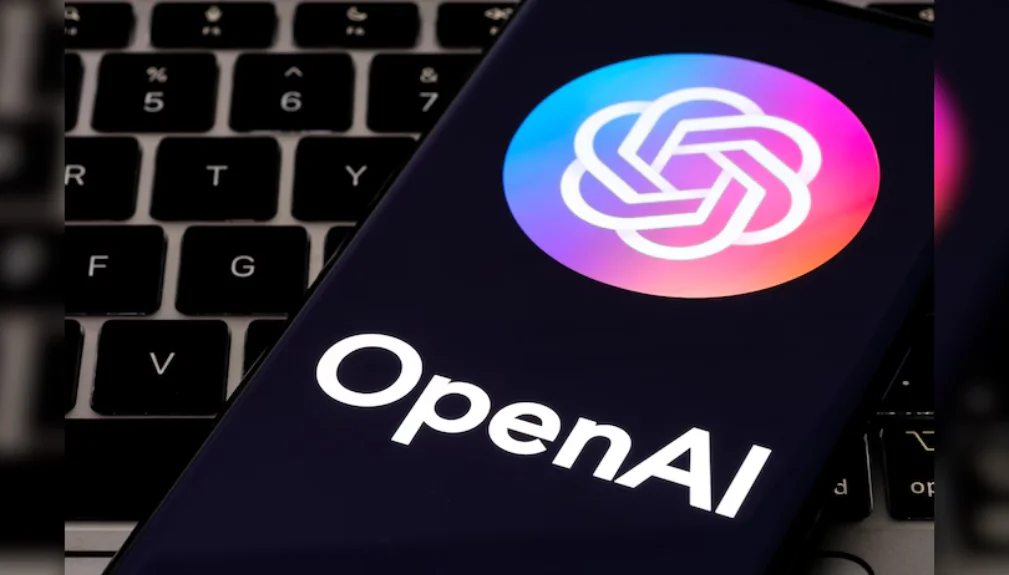OpenAI Launches GPT-OSS: Free Open-Weight AI Models for Developers, Researchers, and Enterprises
OpenAI has officially released GPT-OSS, a new family of open-weight artificial intelligence models designed to give developers and organisations around the world greater control and flexibility in building AI applications.
This marks OpenAI’s first open-weight model launch since 2019, when it released GPT-2, the predecessor to the technology behind ChatGPT. With GPT-OSS, OpenAI joins the global race toward transparent, accessible AI models, while still drawing a line between open-weight and fully open-source standards.
GPT-OSS Models: Specs and Availability
OpenAI’s GPT-OSS includes two versions:
- GPT-OSS-20B: A 20-billion parameter model that can run on consumer hardware, such as a laptop with 16GB RAM.
- GPT-OSS-120B: A larger, more powerful 120-billion parameter version, which requires infrastructure like an 80GB GPU.
Both models are live and accessible on major platforms, including:
- Hugging Face
- Amazon Bedrock
- Groq’s Inference Cloud
- Saudi Arabia’s Human AI
What Does “Open-Weight” Mean?
Unlike OpenAI’s earlier models like GPT-3.5 or GPT-4, which were closed-source and accessible only via API, GPT-OSS is open-source. This means developers can download and access the model weights — the core mathematical parameters that define how the model works — and run or fine-tune the models on their own systems.
However, OpenAI is not releasing the training datasets, which means GPT-OSS is not fully open-source by formal definitions. Still, this move marks a significant shift in how OpenAI supports custom AI development.
Why Now? Industry Pressure and Comparisons
GPT-OSS arrives in a competitive AI landscape. Recent launches of open models like:
- Meta’s LLaMA
- DeepSeek-V2 by Chinese startup DeepSeek
…have created momentum for transparency in AI development. OpenAI’s decision reflects rising global pressure from developers, academics, and regulators calling for more openness and accountability in AI systems.
In the U.S., the White House’s AI Action Plan has explicitly encouraged the release of open models to support innovation and national competitiveness.
Safety Concerns and Delay
Originally scheduled for release earlier, GPT-OSS was delayed due to safety testing concerns. OpenAI CEO Sam Altman explained:
“We are delaying it; we need time to run additional safety tests and review high-risk areas. Once weights are out, they can’t be pulled back.”
The concern centres around how open-weight models could be misused, since bad actors could modify and repurpose them for disinformation, spam, or security threats. Nonetheless, OpenAI decided to move forward with a cautious approach, seeking to balance transparency and responsibility.
Use Cases: Who Can Use GPT-OSS?
OpenAI designed GPT-OSS for use by:
- Individual developers and researchers
- Startups and tech companies building custom AI solutions
- Governments and enterprises seeking AI tools that run on local infrastructure
Early adopters include Orange SA and Snowflake Inc., both of whom are testing GPT-OSS models in production environments.
How to Use GPT-OSS
OpenAI has launched a dedicated Open Model Playground, where users can experiment with GPT-OSS directly. The company has also released:
- Guides for deployment
- Instructions for fine-tuning
- Integration documentation for Hugging Face, Amazon Bedrock, and more
These resources make it easier for developers to adapt the model to their own needs — whether for natural language processing, chatbots, code generation, or data summarisation.
What’s Next for OpenAI’s Open-Weight Strategy?
According to a Bloomberg report, OpenAI is actively seeking feedback from developers to inform future releases.
This feedback loop will help OpenAI determine:
- Whether to release larger or more transparent models
- How to improve safety mechanisms in future open-weight releases
- How the community is using GPT-OSS across industries
Conclusion: A Major Step Toward Democratized AI
The release of GPT-OSS is a major milestone for OpenAI and the broader AI ecosystem. By making high-performance open-weight AI models available for free, OpenAI empowers developers worldwide to build, experiment, and innovate — all while maintaining a focus on security and responsible deployment.
As the industry moves toward more open and transparent models, GPT-OSS represents both a technical leap and a philosophical shift for one of the world’s leading AI companies.



